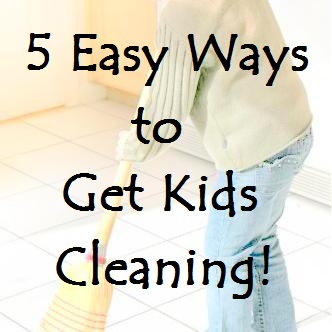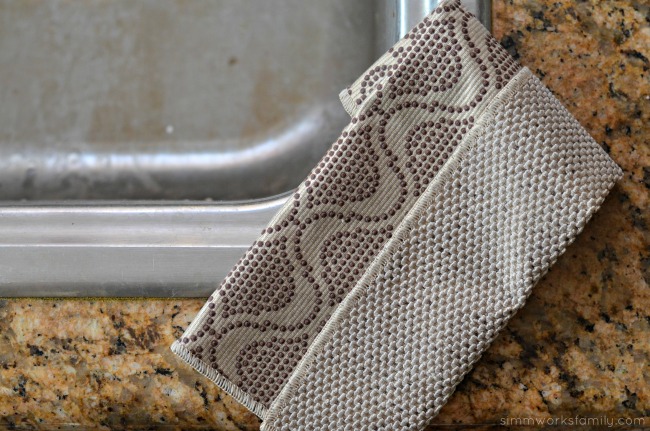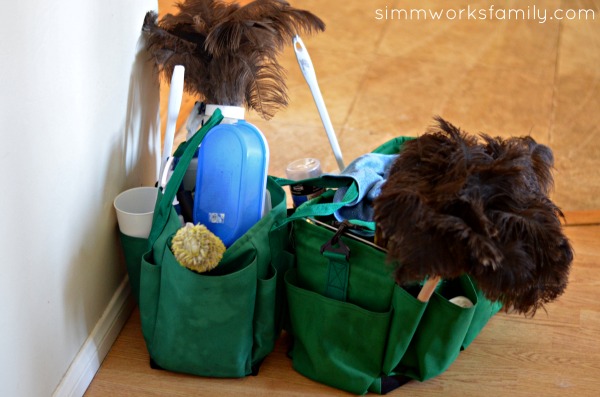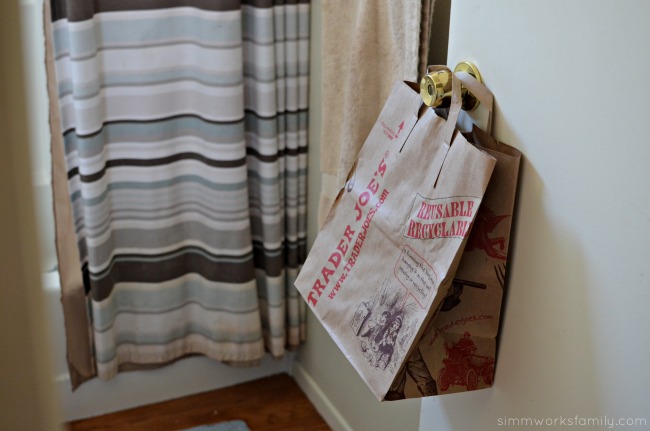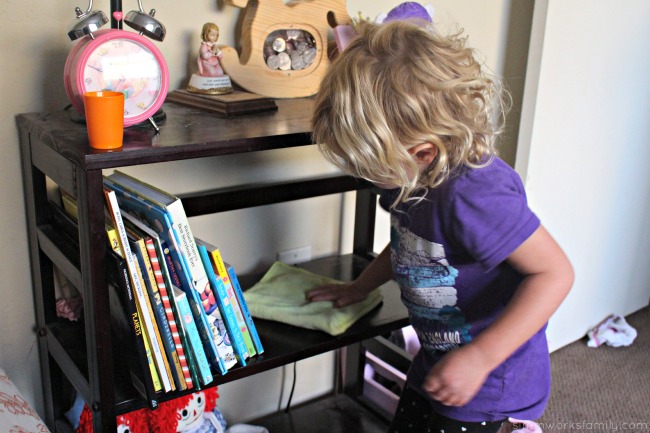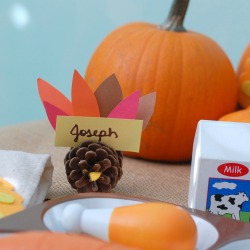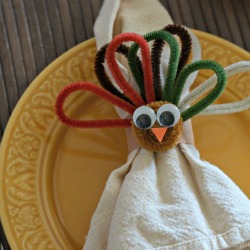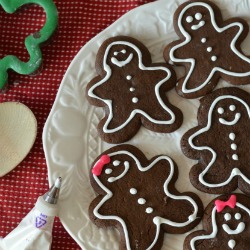I’ve always looked forward to the day that I could put my kids to work. I remember my mom doing it and at times felt as if I were a slave. Laundry, dishes, bathrooms, and more. I hope I pulled my fair share of the weight in the chores department but there was always something to do!
So now that my son is nearing an age where he is more than capable of helping out I’ve started to find that making a game out of cleaning is the best way to go about getting him involved! Here’s what we’ve been doing:
1. Stuffed Animal Hoops –
This is basically a game of basketball but you use shopping carts and strollers instead of hoops. You try and throw as many toys into the shopping cart as possible and than race them down to the playroom to dump out.
2. Food Hockey –
My kids are messy eaters. Crumbs fly everywhere! And when our dog isn’t inside to clean up what’s left on the floor, my kids are expected to sweep up the rest. But we make a fun game out of it!
One kid holds the dust pan while the other sweeps the crumbs in the direction of the pan and tries to make as many crumbs go in as possible. Usually I have to start out by making a small pile
3. Messy Suds –
Bathrooms aren’t the most fun room to clean (what room is??). So we make a fun game for the kids and let them sit in the tub with some soapy water and wash everything around them with washcloths. Not only is the tub clean, the kids come out sparkly as well!
Afterwards I simply spray a bit of water/vinegar/tea tree oil solution on top of the clean walls and tub and wipe once more. But all of the heavy scrubbing is left to the kids.
4. Floor Skating –
When we mop we have fun! While I go around mopping the floor with either our steam mop or our regular mop, I have the kids behind me with towels under their feet to skate across the floor. And while we do get a bit wet and slip a LOT we have a great amount of fun while cleaning.
5. Color coordinating –
When sorting clothes to take to the washer and dryer, my kids help by picking out the colors, whites, and reds. Sometimes when I’m feeling especially evil I will have them sort the colors even more.
Then they help out by bringing the clothes out to the garage and putting them in the correct bin to be washed. They also love transferring clothes from the washer to the dryer and my daughter gets a kick out of slamming the dryer door shut when it’s ready to be started.
